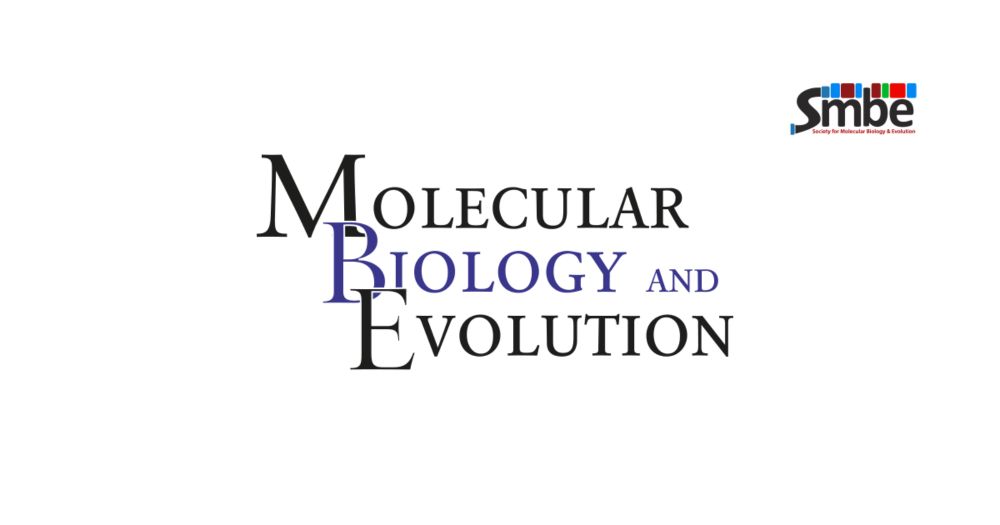@georghochberg.bsky.social
200 followers
76 following
48 posts
Evolutionary biochemist and protein complex enthusiast at the University of Marburg.
Posts
Media
Videos
Starter Packs



